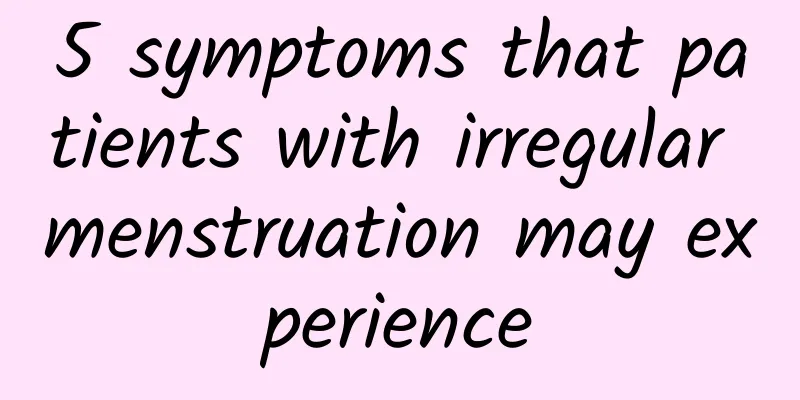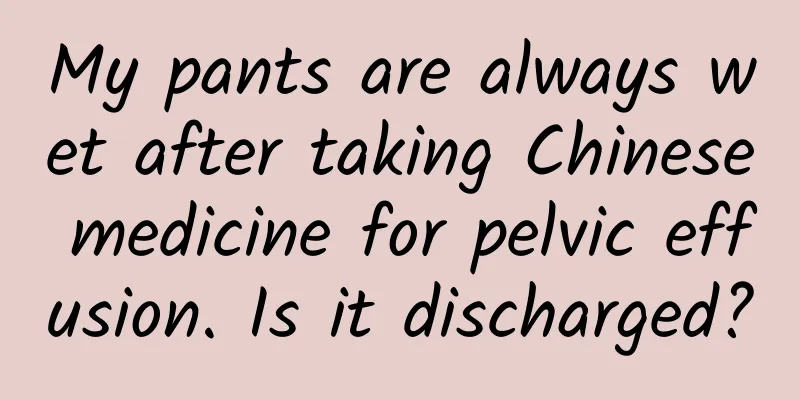How big are multiple uterine fibroids before they need treatment? Are multiple uterine fibroids benign tumors?

|
Uterine fibroids are benign tumors and one of the most common tumors in the human body. Generally speaking, the possibility of tumor progression is very small. How many treatments are needed for multiple uterine fibroids? How serious is a female uterine fibroid? Generally, once a uterine fibroid is found, if it is less than 5CM, the doctor will recommend not to treat it first, or consider drug control and regular observation. If it is 5CM and the above symptoms are serious, you can consider combining drugs with physical therapy. If the uterine fibroid grows rapidly, it needs to be treated in time, otherwise it may become cancerous when it grows up. Treatment of uterine fibroids depends on the patient's age, symptoms, location, size, growth rate, number, uterine deformation, whether fertility is preserved, and the patient's wishes. In fact, the size, location and symptoms of uterine fibroids will affect the severity of the fibroids. If the growth location is not good, some small uterine fibroids also need surgery. For example, uterine fibroids growing under the mucosa are sometimes only one or two centimeters or even 0.5 centimeters and need surgery, because the submucosal fibroids can cause heavy bleeding. 1. Patients with symptomatic uterine fibroids may develop secondary anemia or even anemic heart disease. Excessive menstrual blood loss may cause secondary anemia or even anemic heart disease. In severe cases, symptoms such as general fatigue, pale complexion, shortness of breath, and palpitations may occur. This is common in submucosal uterine fibroids and intramural uterine fibroids. In this case, it cannot be delayed at will. It is recommended to perform surgery at the right time, otherwise it may be life-threatening. Generally speaking, surgical treatment should be considered once cervical fibroids, broad ligament fibroids, and submucosal fibroids are found. 2. Suspected malignant changes in uterine fibroids The probability of malignant changes in uterine fibroids is very small, generally less than 1%. People with older age, larger fibroids, and faster growth, especially when fibroids grow fast after menopause or occur after menopause. Therefore, although most uterine fibroids shrink after menopause, they cannot be completely taken lightly and should be checked regularly. 3. When the pedicle of a subserosal fibroid is twisted, it often presents as acute lower abdominal pain. If surgery is not performed in time, the necrotic fibroid may lead to secondary infection, severe septic shock, intestinal adhesions and intestinal obstruction. |
Recommend
How are submucosal uterine fibroids treated?
How are submucosal uterine fibroids treated? Pati...
How long can I walk after an abortion? Post-abortion care measures
Women who undergo abortions will suffer great dam...
The main causes of cervical erosion
Cervical erosion is a common gynecological diseas...
Will having an abortion affect fertility? Listen to the doctor
With the development of today's society, peop...
1 in 4 people suffer from fatty liver, here are 5 tips to protect your liver! Nutritionist: 4 tips to stay away from fatty liver
People often hear that "if your liver is hea...
Get rid of the misunderstanding of vulvar leukoplakia treatment
What are the misunderstandings in the treatment o...
How much does surgical treatment for bacterial vaginosis cost?
Bacterial vaginosis is becoming more and more com...
How to cure pelvic inflammatory disease
How can pelvic inflammatory disease be cured? Wit...
Will using electric knife to treat cervical erosion affect fertility?
Will using electric knife to treat cervical erosi...
[Video version] Can I eat egg yolks to lose weight and lower cholesterol? How many can you eat a day?
Many people probably have a concept: the choleste...
The harm of pelvic inflammatory disease is so great that you have to pay attention to it
Pelvic inflammatory disease is one of the common ...
Pumpkin not only helps you lose weight, but eating it with the skin and seeds is also great for fighting cancer! 6 health benefits of pumpkin
Pumpkin has high nutritional value and is rich in...
How to avoid pelvic inflammatory disease?
As we all know, pelvic inflammatory disease is a ...
What Chinese medicine can be used for cervical warts
Traditional Chinese medicine calls cervical condy...
Riding traces! Cycling can burn 1.5 cups of bubble tea calories
A cup of bubble milk tea has 410 calories. The Ta...









